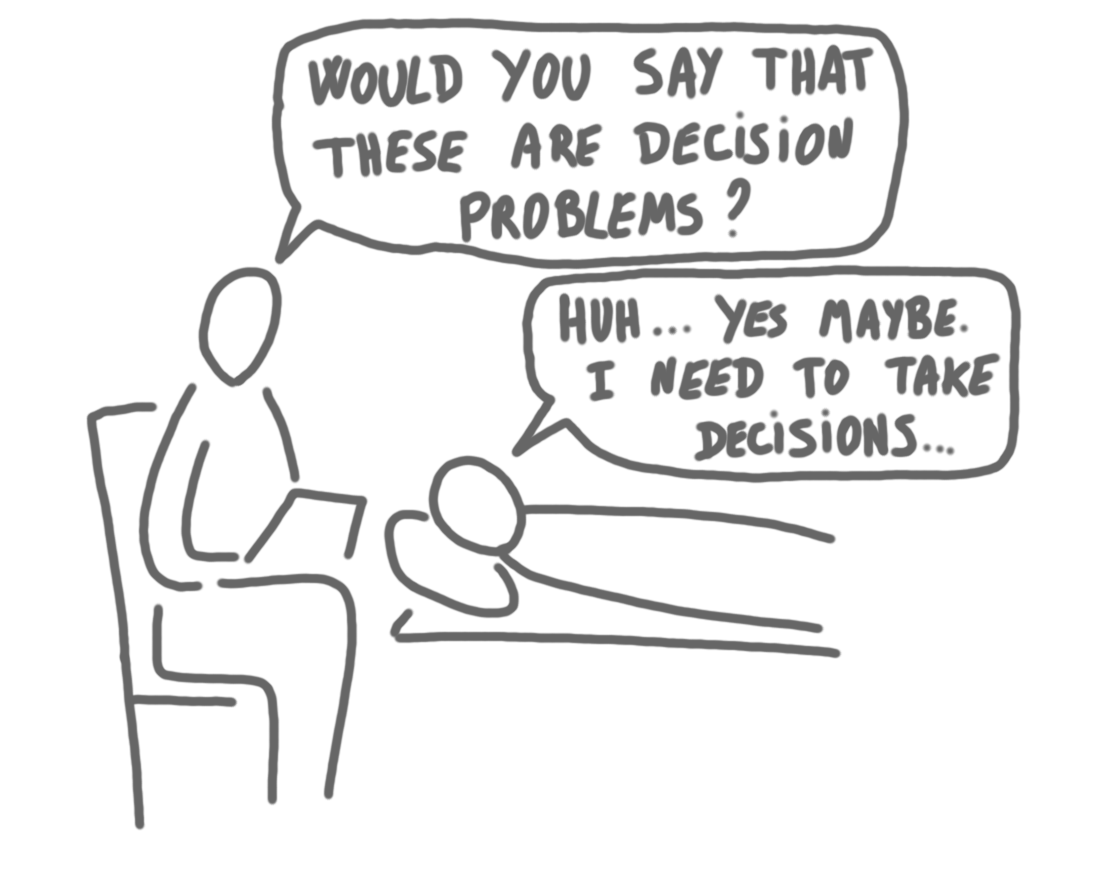Algorithms office hours
23 Mar 2023While randomly walking on the web, I discovered an initiative of the theory group at MIT, called Algorithms office hours. The idea is to foster communication between algorithms folks and other people at MIT who could be interested in some algorithm expertise. It is run by the PhD students of the group, and the current organizer is Sandeep Silwal. I contacted Sandeep to know more about how many requests they get and of which nature. Here an adaptation of the answer.
On a normal semester, the group gets around one request per week, which sounds like a lot to me. Sandeep also said that it depends on how much advertising has been made on the months before; when we exchanged emails it was slowing down because they had not advertised for a long time. People contact the group via an online form, with a short description of their questions, and Sandeep finds PhD students who are interested in the topic.
About the type of requests they get, let me cite an email: “An example could be someone in graphics research who wants to implement some 2d or 3d procedure and doesn’t know the right algorithm to use, or someone in machine learning who is curious if their optimization algorithm could have some provable guarantees. We’ve also had people in biology who were curious about string processing algorithms. In general the questions are a bit open ended and usually there isn’t a clean answer. Nevertheless the interactions have been quite interesting and I believe useful.”
That’s looks like a very nice initiative, to be reproduced elsewhere!
 |
 |
 |
 |